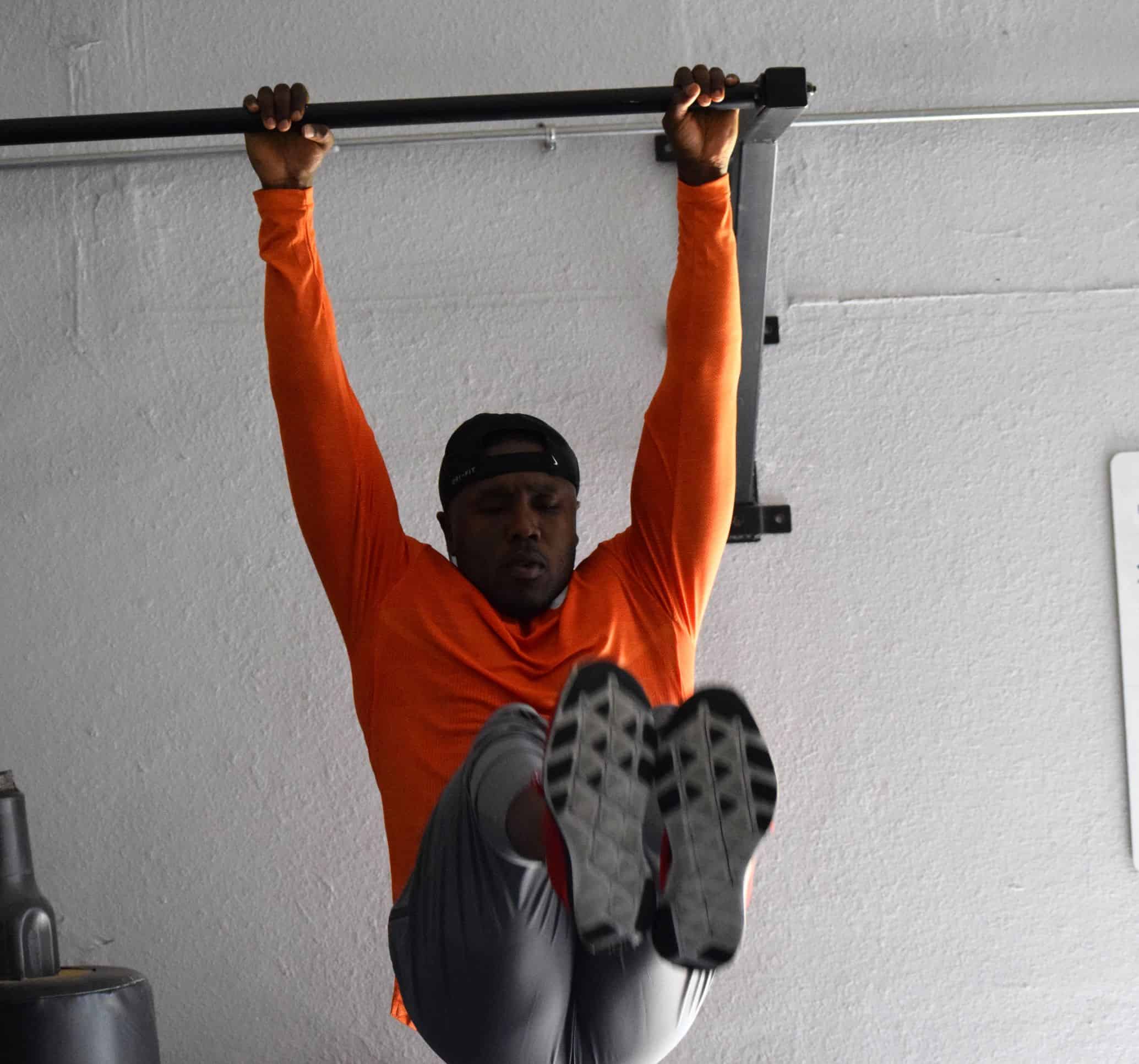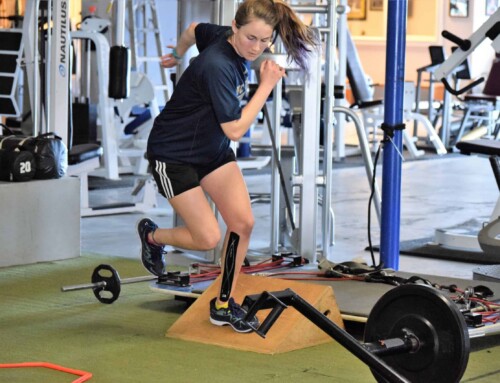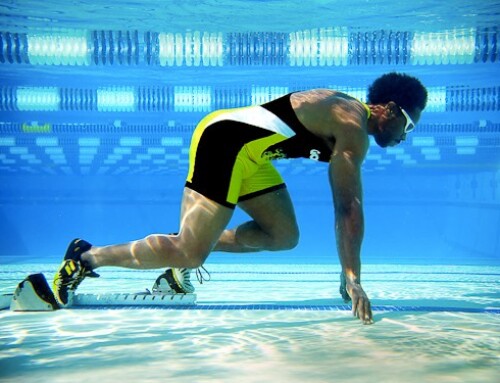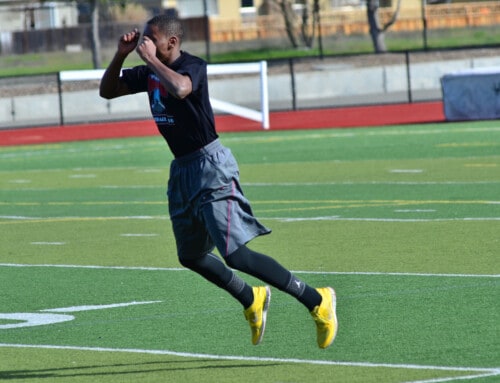By Aaron Thigpen- Gamespeed Sports
Core training is necessary to achieve higher levels of athletic performance. However, most athletes take a one size fits all approach to its development. Most athletes perform flexion exercises (crunches, sit-ups) because when athletes “feel the burn” of an exercise, they feel as though the exercise is working. So athletes perform mega reps of crunches and sit-ups.
Without a complete understanding of how the core affects performance, this is a complete waste of time. A strong and balanced core is a unit including several muscle groups working in coordination, not just the six-pack. The most important muscles are the deep ones that cannot be seen and that are mostly responsible for athletic performance.
As well as providing stability, the core it allows for the transmission of force to travel to the legs and arms. In general, the core consists of the frontal abdominal muscles (rectus abdominals), the lateral abdominal muscles (obliques), and the back muscle groups (erector spinae).
In terms of performance, there are three primary athletic movements. These movements are: trunk flexion (bending), trunk extension (upright), and trunk stabilizing (holding).
With mega reps of crunches, sit-ups etc.. as well as a lifestyle that promotes hours of sitting at a time, the flexion muscles become dominant. These overdeveloped muscles take over and don’t allow the erectors (back) or obliques (sides) to help distribute or carry the load in athletic activity. So athletes who have this condition tend to be at higher risk and can develop lower back problems especially when doing power lifts or overhead lifting. This frontal dominance also can contribute to shoulder injuries for throwing athletes.
Secondly, overdeveloped flexion muscles can result in an improper pelvic (hip area) tilt which will translate into groin, hip, gluteal, and hamstring injuries.
Here’s what we do at Gamespeed
A well-rounded core program that creates a balance. Because most athletes are flexion dominate in their core strength, I suggest a 50-30-20 ratio. What this means is 50% of your exercise load is dedicated to the erectors or back muscles, these are least likely to be trained, 30% is dedicated to the obliques, and 20% to the flexors, which in most cases are already overdeveloped.
Basic multi faceted core exercises:
Back exercises (erectors): bridges, hyper extensions.
Oblique exercises: medicine ball seated twists, side-bends, side planks.
Flexor exercises: leg lifts, bicycles, dead bugs.
I also suggest the following training protocols:
- Training each movement group on a separate day.
- Training for strength not aesthetics.
- Use a variety of exercises to train the movement groups.
Training the core is about performance, there is no one best exercise because athletic movements are so complex and diverse, with that said so should your training approach.




